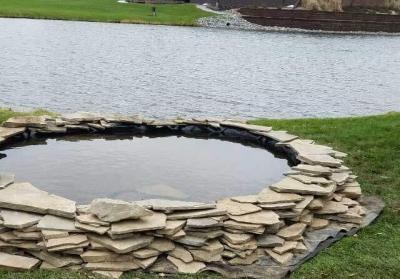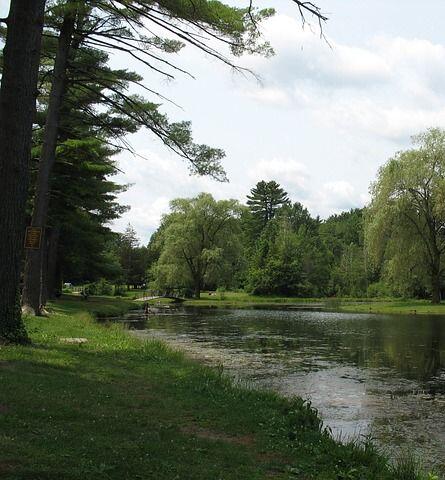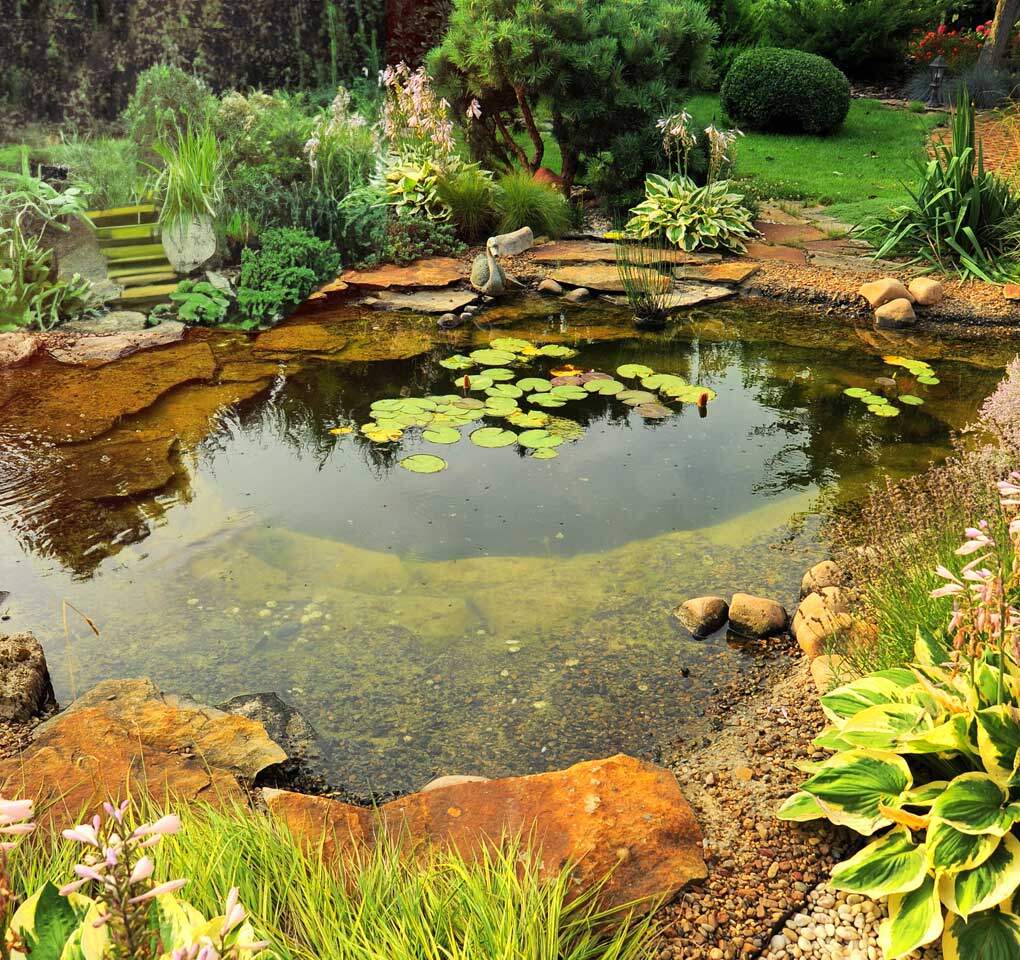As the temperatures rise and summer settles in across Central New York and the Finger Lakes Region, your pond is likely to become a central feature of your property. Whether you enjoy it for its aesthetic beauty, as a habitat for wildlife, or as a relaxing retreat, maintaining a healthy pond throughout the season is essential. Proper summer pond prep ensures that your water remains clear, your aquatic life thrives, and your pond system operates smoothly. In this post, we’ll share practical tips for a healthy pond to help you get your pond ready for the warmer months ahead.
Inspect the Water Quality
One of the first and most important steps in preparing your pond for summer is to check the water quality. Poor water quality can lead to algae blooms, foul odors, and unhealthy fish populations, making it one of the most common issues pond owners face. To maintain a healthy pond, start by testing the water for common parameters such as pH, ammonia levels, nitrate levels, and dissolved oxygen.
A balanced pH (around 7 to 8) is ideal for most pond ecosystems. If the pH is too high or too low, it can stress your fish and plants. Likewise, ammonia and nitrate levels should be monitored regularly. High ammonia levels can be toxic to fish, while excess nitrates can promote algae growth. If your pond’s oxygen levels drop significantly, you may notice fish gasping at the surface. Aerating your pond can help prevent this and improve overall water quality.
Remove Debris and Excess Vegetation
As spring transitions into summer, your pond is likely to have accumulated leaves, twigs, and other organic matter. While some debris is natural, excessive buildup can decompose in the water, contributing to poor water quality and encouraging the growth of unwanted algae. This is particularly true for organic matter that sinks to the bottom of the pond.
To keep your pond healthy, regularly remove any debris from the surface and the bottom of the pond. Using a pond net or rake, clear away floating leaves, dead plants, and branches. If you have aquatic plants like water lilies or cattails, trim them back to prevent them from overcrowding the pond. Overgrown plants can block sunlight, creating an environment that’s conducive to algae growth. Managing plant growth helps to maintain a balanced ecosystem and promotes better water quality.
Maintain Your Filtration and Aeration Systems
 A proper filtration and aeration system is critical for a healthy pond. As your pond enters the summer months, it will require increased oxygenation due to higher temperatures. Warmer water holds less dissolved oxygen, which can stress fish and other aquatic life.
A proper filtration and aeration system is critical for a healthy pond. As your pond enters the summer months, it will require increased oxygenation due to higher temperatures. Warmer water holds less dissolved oxygen, which can stress fish and other aquatic life.
Ensure that your pond filtration system is clean and operating efficiently. The filter should be free of clogs and the pump should be working at full capacity. Clean or replace filter media as needed to keep the system functioning effectively. Likewise, check your aeration system, whether it’s a fountain, waterfall, or air pump. A fountain or waterfall not only adds beauty to the pond but also helps oxygenate the water, reducing the risk of stagnation. In areas where water circulation is poor, consider installing an aeration system to increase oxygen levels and prevent harmful conditions like fish kills.
Manage Algae Growth
Algae is a common challenge for pond owners, especially during the warmer months. Excessive algae can not only make the water murky but can also deplete oxygen levels, harming aquatic life. To prevent overgrowth, it’s important to take a proactive approach.
One of the best tips for a healthy pond is to prevent excess nutrients from entering the water in the first place. Keep fertilizers, leaves, and grass clippings out of the pond. These organic materials can increase the nutrient load in the water, fueling algae blooms. In addition, maintaining a balanced ecosystem with a variety of plants can help naturally compete with algae for nutrients and sunlight.
If you do experience algae problems, there are several safe, eco-friendly treatments available. Beneficial bacteria can help break down organic matter and reduce the nutrients that feed algae. Barley straw is another natural solution that can help control algae growth by releasing compounds that inhibit algae development.
Regularly Check for Pond Health
Finally, keeping a regular eye on the overall health of your pond is essential for ongoing maintenance. Inspect the pond every few days during the summer months, especially after heavy rainstorms or high winds, which can introduce debris and change water levels. Look for signs of distress in your fish, such as erratic swimming patterns, which may indicate poor water quality or oxygen levels.
Keep an eye out for any unusual odors or changes in water clarity. Water that turns green or murky may be a sign of an algae bloom, while a strong, unpleasant odor could indicate a buildup of organic material or stagnant water. If you notice any issues, address them promptly to prevent more serious problems from developing.
Keeping Your Pond Healthy & Beautiful
Summer is a great time to enjoy your pond, but it also requires a bit of preparation to ensure that your pond remains healthy and beautiful throughout the season. By following these tips for a healthy pond—inspecting water quality, removing debris, maintaining your filtration system, managing algae growth, and regularly checking for signs of distress—you’ll be well on your way to maintaining a thriving aquatic ecosystem. Regular pond maintenance not only enhances the beauty of your property but also supports a sustainable environment for your fish, plants, and other pond life.
Taking these steps will help you get the most out of your pond throughout the warmer months, allowing you to relax and enjoy your outdoor space with peace of mind.





